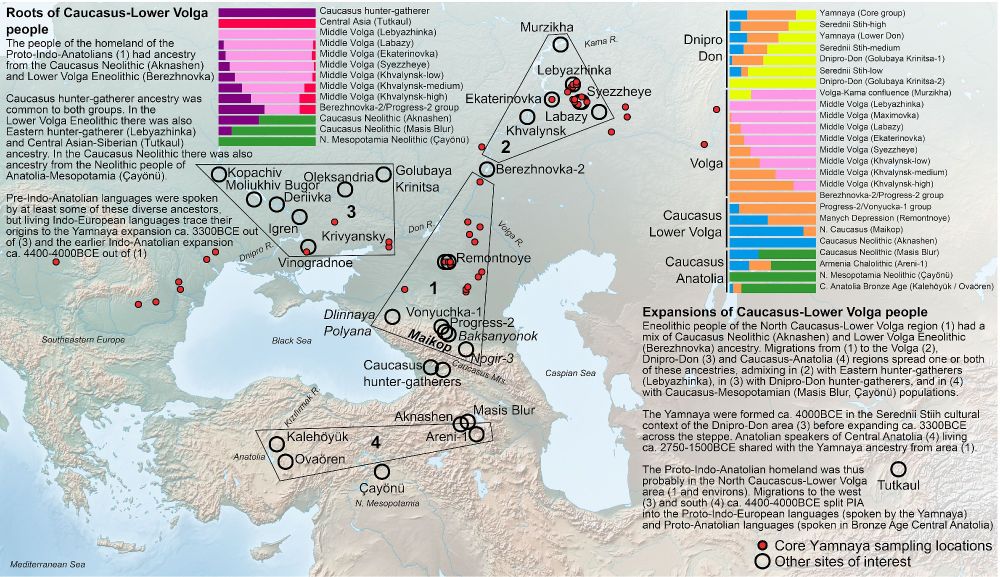
jbogomolovas2.github.io/Julius-s-Blo...

jbogomolovas2.github.io/Julius-s-Blo...
www.nature.com/articles/s42...

www.nature.com/articles/s42...
www.nature.com/articles/s42...

www.nature.com/articles/s42...
We demonstrate that loss of ALPK3 and established factor for genetic cardiomyopathy leads to accumulation of thick filament components, possibly via MuRFs - muscle specific E3 ubiquitin ligases.
doi.org/10.1161/JAHA...

We demonstrate that loss of ALPK3 and established factor for genetic cardiomyopathy leads to accumulation of thick filament components, possibly via MuRFs - muscle specific E3 ubiquitin ligases.
doi.org/10.1161/JAHA...
Nice to see how Marijas Gimbutas Kurgan hypothesis has been verified using ancient DNA approach and new insights and details obtained.

Nice to see how Marijas Gimbutas Kurgan hypothesis has been verified using ancient DNA approach and new insights and details obtained.

www.addgene.org/news...
www.addgene.org/news...




